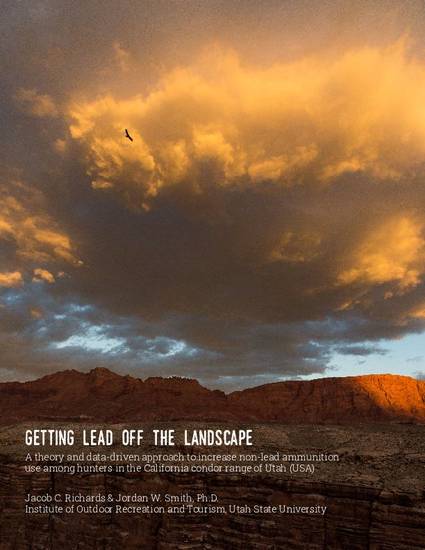
Jordan W. Smith https://orcid.org/0000-0001-7036-4887
The leading cause of mortality in California condors (condors) is lead poisoning, which occurs when condors ingest lead-based ammunition left in carcasses. As a critically endangered species with approximately 100 individuals remaining in the American southwest, increasing the adoption of non-lead ammunition is essential to the recovery of the species. In Utah, the Division of Wildlife Resources (DWR) uses communication with hunters as the primary tool for increasing the adoption of non-lead ammunition in southwestern Utah. In this research, we use social science theory and data collected from a survey of hunters throughout the region to develop a strategic communication framework aimed at increasing the use of non-lead ammunition among hunters. The strategic communication framework is intended to drive more specific, targeted, and effective messages regarding the use of non-lead ammunition by the Utah Division of Wildlife Resources and their conservation partners.
Available at: http://works.bepress.com/jordanwsmith/24/
